Looking for the most advanced prosthetic leg? These latest designs seamlessly blend technology and human movement, offering life-changing mobility. From artificial intelligence to dynamic sensors, we’ll uncover how they open up a world of possibilities for amputees, with insights that are easy to understand and without giving everything away upfront.
Key Takeaways
- Advanced prosthetics are integrating artificial intelligence, microprocessors, and space-age materials to enhance the mobility and mimic the natural gait of amputees, offering greater dynamic adjustments and learning capabilities for various terrains and activities.
- The Utah Bionic Leg, developed by the University of Utah’s Lab for Bionic Engineering in collaboration with Ottobock, represents a groundbreaking achievement in prosthetic technology, providing amputees with superior mobility, comfort, and a more natural limb-like experience.
- Customization and personalization are essential in the development of prosthetic limbs, focusing on the unique needs of each amputee to ensure a proper fit, minimize discomfort, and maximize functionality.
Cutting-Edge Advancements in Prosthetic Leg Technology
Revolutionary innovations have transformed the realm of prosthetic legs. These range from the integration of artificial intelligence to the development of powered knee and ankle joints, all aimed at providing unprecedented mobility and a more natural gait for amputees. We are witnessing a new era in which advanced bionic legs are no longer a distant dream, but a tangible reality that is enhancing the quality of life for millions of lower limb amputees across the globe.
These breakthroughs in prosthetic limb technology include:
- Harnessing the power of digital technology to create prosthetic limbs that can adapt and learn from user’s movement patterns
- Incorporating microprocessors and an array of sensors to enable dynamic adjustments and improve the user’s ability to maneuver various terrains effortlessly.
These strides in prosthetic leg technology signify a future where the line between biological and artificial is blurred, giving rise to exciting new possibilities.
The Role of AI in Modern Prosthetics
Prosthetics, like many fields, have been advanced through the use of Artificial Intelligence (AI). In the realm of prosthetic legs, AI serves as the brain that powers and guides the limb, learning from the user’s stride patterns to refine and enhance the smoothness and naturalness of movement. Thus, it’s not just about replacing a lost limb; it’s about restoring a sense of normalcy, a sense of control, and a sense of self.
Prosthetics not only integrate AI but also utilize sensors to detect signals from the residual hip muscles. These signals help the AI determine the user’s intended movement and adjust the prosthetic knee accordingly. This advanced artificial intelligence allows the prosthetic knee to perform complex tasks, such as adapting to different walking terrains and activities, significantly enhancing an amputee’s mobility.
Microprocessor knees equipped with AI utilize onboard sensors to monitor movement and timing, adjusting fluid or air control cylinders to achieve a more natural gait. With AI at the helm, the future of prosthetics is not just about mimicking human movements, but about mirroring human learning and adaptability.
Breakthroughs in Knee Joint Mechanics
Replicating the complex marvel of human leg biomechanics in a prosthetic limb presents a significant challenge. Traditional prostheses have passive joints, which cannot fully replicate the natural leg’s biomechanics, often leading to physical complications for the user. However, breakthroughs in additive manufacturing have made it possible to produce bearings with novel lubrication properties that enhance prosthetic joint functionality.
Next-generation soft-bearings, which improve joint replacements and offer more natural movements, have been developed through the introduction of new materials such as electrospun matrices and unique nanocomposite polymers. Techniques like Targeted Muscle Reinnervation (TMR) have improved control over myoelectric prostheses, including prosthetic knees. These advancements, combined with collaborative research efforts, have culminated in innovative prosthetics like the Utah Bionic Leg, which closely mimics a natural leg’s movement, bringing a new sense of freedom to amputees.
Enhanced Mobility with Superior Prosthetic Knee
The advent of superior prosthetic knees has significantly boosted the journey towards enhanced mobility and independence for amputees. The power of AI and machine learning has been harnessed by mechanical engineers to improve the adaptability of bionic legs to different environments, thereby enhancing user mobility. One such innovation is the polycentric knee design, which provides increased stability during stance and ease of bending for sitting down or initiating a step, thereby reducing stumbling risk.
The Utah Bionic Leg incorporates an innovative artificial tendon that regenerates energy, contributing to its lightweight power. Breakthroughs in actuation and a variable transmission have enabled the Utah Bionic Leg to replicate the speed and torque of the human knee, offering unprecedented mobility. Prosthetic knees have evolved to integrate various support mechanisms catering to different user activities, including those with an intact leg. Whether it’s standing, walking, or unrestricted movement for dynamic activities, modern prosthetic knees strive to offer the highest degree of adaptability and comfort.
The Pinnacle of Bionic Engineering: Utah’s Bionic Leg Project
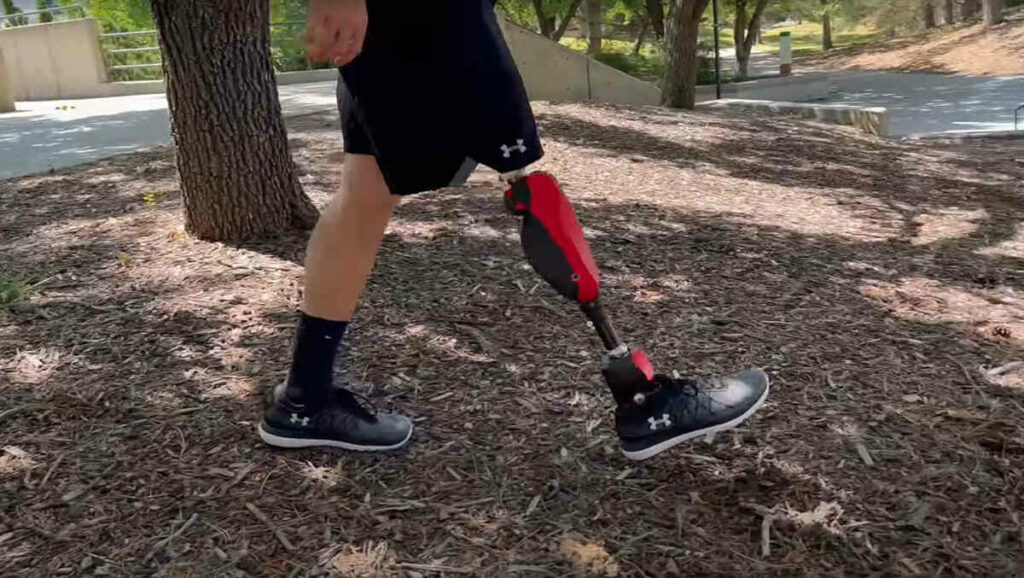
A major leap forward in the domain of bionic engineering has been manifested in the form of the Utah Bionic Leg. Recognized by Time magazine as one of the best inventions of 2023 in the ‘Experimental’ category, the Utah Bionic Leg stands as a testament to the potential of technology to revolutionize human capabilities. Developed under the guidance of Associate Professor Tommaso Lenzi from the University of Utah, the Utah Bionic Leg Project has amalgamated robotics, artificial intelligence, and neural engineering to create the most advanced bionic leg that is lighter, autonomously controlled, and more advanced than anything else on the market.
This groundbreaking project aims not only to create an advanced bionic leg but also to instill hope, freedom, and possibilities. The team’s focus, including Lenzi’s HGN Lab for Bionic Engineering, is dedicated to refining AI-powered bionic legs, aiming to provide amputees with:
- Mobility and capabilities as those with natural limbs
- Enhanced comfort and fit
- Improved control and responsiveness
- Customizable features
The Utah Bionic Leg Project, developed at Utah’s Bionic Engineering Lab, has transformed the prosthetics industry, paving the way for a future where limitations are replaced by technologically exciting new possibilities.
Salt Lake City’s Contribution to Prosthetics
The groundbreaking work of the University of Utah’s HGN Lab for Bionic Engineering has positioned Salt Lake City as a significant contributor to the field of prosthetics. Led by Tommaso Lenzi, the Lab has partnered with Ottobock, the global leader in prosthetics, leading to the lab’s renaming to the Hans Georg Näder Laboratory (HGN Lab).
This partnership has not only consolidated the city’s position as a global hub for bionic engineering but has also enabled the funding of a cutting-edge motion analysis system. This system allows researchers to better understand and improve how the Utah Bionic Leg aids its users, propelling the city to the forefront of global efforts to enhance mobility for amputees.
The Utah Bionic Leg’s Impact on Daily Life
The impact of the Utah Bionic Leg extends beyond the realm of bionic engineering. Its design focuses on providing extra power to amputees, improving efficiency in activities like walking and climbing stairs. As a result, users can walk more efficiently, preventing secondary complications like back pain and osteoarthritis.
But the benefits of the Utah Bionic Leg go far beyond mere efficiency. Testers have experienced enhanced functional capabilities, enabling them to perform tasks such as naturally climbing stairs, which they couldn’t do for years. Advanced artificial intelligence supports dynamic activities like standing up, sitting down, and traversing uneven terrain, creating a paradigm shift in the way we perceive mobility and independence.
As of early 2024, the Utah Bionic Leg is not available for commercial use.
Personalized Prosthetic Solutions: Customization and Comfort
With advancements in the field of prosthetics, there’s an increasing shift towards personalized solutions. Recognizing that each amputee has unique needs and challenges, the industry has moved towards creating custom-designed prosthetics that ensure a proper fit, minimize discomfort, and maximize functionality akin to pre-limb loss capability.
A poorly fitted prosthetic can cause:
- pain
- skin irritation
- sores
- blisters
- an increased risk of accidents
This can severely impact a lower limb amputee’s ability to perform daily tasks.
Thus, the future of prosthetics lies not just in replicating human limb functionality, but in creating personalized solutions.
The Importance of Custom Fitting
Custom fitting plays a pivotal role in the quest for more personalized prosthetic solutions. The socket of a prosthetic leg is key for even weight distribution and preventing painful sores, requiring precise custom fitting. Vacuum-assisted suspension systems are useful in this regard, as they help to manage volume changes in the residual limb, offering a more consistent fit.
This customization doesn’t stop at mere fitting. It extends to the very functionality of the prosthetic. Custom-designed force and torque sensors, along with accelerometers and gyroscopes, facilitate proper leg positioning and intuitive control, contributing to a snug fit and comfort. Moreover, advancements like osseointegration technology contribute to stability and control, offering a custom-fit feel by directly integrating the prosthetic with bone tissue. This level of customization and attention to detail underlines the commitment to transform the lives of amputees.
Adapting to Changes in the Amputated Limb
The dynamic nature of the amputated limb poses a challenge in creating personalized prosthetic solutions. Post-amputation, the residual limb goes through various changes, such as post-operative edema, muscle atrophy, and shape and volume alterations, necessitating periodic adjustments to the socket for optimized prosthesis performance and comfort.
Prosthetic limbs are designed to adapt to these changes. For instance, daily fluctuations in limb volume due to activity level, body composition, and other factors can be managed by adding or removing stump socks or using adjustable sockets. New amputees often face a learning curve in recognizing a well-fitted prosthetic, and over time, wear and tear from usage can lead to the need for socket adjustments or replacements.
Thus, the journey towards a perfect prosthetic fit is continuous, necessitating a combination of technical expertise, patience, and adaptability.
The Synergy of Partnerships: Uniting Experience and Innovation
Partnerships power the remarkable strides seen in prosthetic technology. By uniting academic creativity with industry expertise, dynamic partnerships like the one between the University of Utah and Ottobock are fast-tracking the development of advanced prosthetic solutions. Through such collaborations, groundbreaking ideas from academic labs are reaching the market swiftly, bridging the gap between concept and real-world application.
Collaborations are about more than just sharing resources; they involve sharing visions, dreams, and a commitment to improving lives. They represent the convergence of diverse perspectives, fostering an environment of innovation that fuels the development of technologically exciting prosthetic devices.
The Benefits of Joint Ownership in Prosthetics Development
The partnership between Ottobock and the University of Utah, an example of joint ownership in prosthetics development, brings a unique set of benefits. By uniting academic research with industry application, it enhances the development process, allowing for more efficient resource allocation and facilitating the combination of expertise from different stakeholders.
This collaboration goes beyond a mere partnership. It’s a synergy that leads to innovative prosthetic devices, as partners bring together their unique skills and insights. This synergy is evident in Ottobock’s investment in cutting-edge motion analysis equipment for the Bionic Engineering Lab, promising substantial progress in prosthetics innovation. Thus, joint ownership is not just about sharing resources, but about amplifying impact and accelerating progress.
Collaborative Efforts Leading to Technological Breakthroughs
Progress in any field is often the result of collaborative efforts, and the field of prosthetics is no exception. The convergence of scientific researchers, industry leaders, and experts across neuroscience and mechatronics has led to impactful innovations in prosthetic devices. The DARPA Revolutionizing Prosthetics program and the e-OPRA device are all products of collaborations that have yielded smart prosthetics.
These collaborative efforts are driven by a shared objective: to deliver prosthetic devices that provide users with sensory and manipulation experiences comparable to natural limbs. By fostering a spirit of collaboration and sharing knowledge, these partnerships are paving the way for a future where prosthetics are not just about replacing a lost limb, but about restoring a sense of wholeness.
Future Technologies Produced by Bionic Engineering Labs
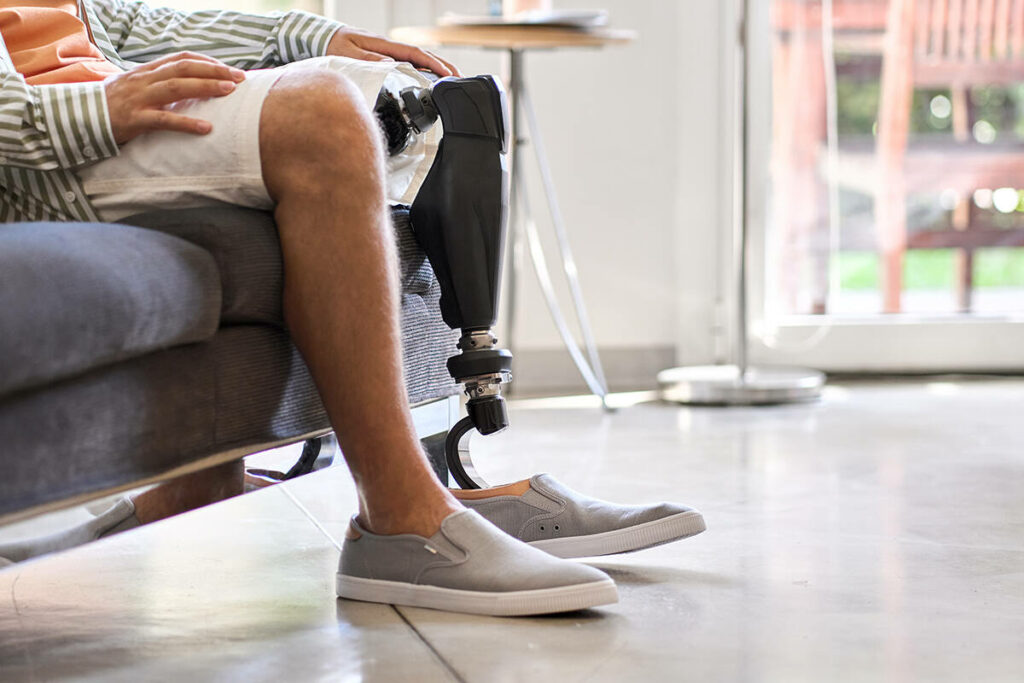
Looking towards the horizon, we see a future of prosthetics filled with promise. The bionic engineering lab enables the development of next-gen prosthetic joints and fully integrated robotic systems, as seen in pioneering labs across the globe. Each offers a glimpse into the technologically exciting possibilities that lie ahead.
A relentless pursuit of innovation fuels the journey towards these future technologies. It’s about pushing the boundaries of what’s possible, exploring new materials, leveraging advancements in AI, and continuously refining designs to provide amputees with mobility that surpasses even that of natural limbs. In this quest, the focus is not just on creating prosthetic limbs, but on creating experiences that resonate with the human spirit.
Anticipating Next-Gen Prosthetic Joints
Anticipated to offer enhanced mobility, the next generation of prosthetic joints will incorporate neural commands for control, emulating the natural operation of a human leg. The aim is to develop prosthetic joints that accommodate the full spectrum of activities, ranging from daily routines to athletic pursuits such as running and exercising.
Ongoing research in the domain of mechanical engineering includes the BioTrib project in the EU, which focuses on enhancing the longevity, biocompatibility, and strength of artificial joints, and the use of additive manufacturing for designing novel bearings with new lubrication properties. The synergy between traditional clinical trials and in silico versions is being maximized to improve the preclinical process and inform future assessment methods for prosthetic joints.
As such, the future of prosthetic joints is bright, promising, and filled with technologically exciting possibilities.
The Prospect of Fully Integrated Robotic Systems
Hints of fully integrated robotic systems also indicate the future of prosthetics. Imagine prosthetic limbs that can:
- Replicate the full functionality of a biological limb
- Have perfect synchronicity with the user’s mind
- Be controlled with neural commands, just as you would a natural limb
This is the exciting potential of advanced body prosthetics.
This vision is not just a pipe dream. Researchers are working on direct neural interfaces in prosthetics to establish a connection between the prosthetic and the user’s nervous system, offering a more intuitive control and the potential for prosthetic wearers to feel sensations through their devices. With advances in material science, sensors, and 3D printing technology, fully integrated robotic systems in prosthetics are becoming an achievable reality.
Prescribed Prosthetics: Matching Technology to User Needs
Despite the excitement around technological advancements in prosthetics, the ultimate goal remains to tailor this technology to the unique needs of each user. Every amputee has unique needs and challenges, and the prosthetic device they use should reflect that. The process begins with a ‘preparatory’ or temporary prosthesis for initial gait training, then progresses to a ‘definitive’ or permanent custom-made prosthesis designed for long-term use.
Typically 3-6 weeks post-surgery, the fitting process commences with:
- a plaster impression and measurements to gauge limb volume
- At this crucial step, the patient’s mobility objectives and activity preferences guide the selection of the prosthetic
- The focus is on comfort and proper prosthetic functionality
- A ‘test socket’ is utilized by the prosthetist for ongoing evaluation and adjustment.
The journey towards optimal prosthetic use is a collaborative one, involving the amputee, the prosthetist, and the physician, all working together towards a common goal: enhancing mobility and improving quality of life.
Assessing Individual Requirements for Optimal Prosthetic Use
To ensure that the prosthetic device matches the amputee’s functional capacity and lifestyle goals, assessing individual requirements is a critical step. This involves a thorough evaluation of the patient’s physical and cognitive capabilities to determine their K-level and appropriate prosthetic components, taking into account their ambulatory ability and daily life activities.
As an amputee’s functional ability improves, their K-level rating is reassessed to ensure that the prosthetic device continues to match the amputee’s enhanced capabilities and lifestyle. Ongoing assessments and adjustments are required from a prosthetist throughout their lives to address changes in the residual limb and integrate advancements in prosthetic technology.
Overcoming Challenges with Customized Prosthetic Solutions
There are challenges on the journey towards optimal prosthetic use. One of the main challenges is the dynamic nature of the amputated limb. Post-amputation, the residual limb goes through various changes, necessitating periodic adjustments for optimized prosthesis performance and comfort.
Customized prosthetic solutions are designed to address these unique fitting issues and function according to specific activity levels and personal goals. Initial fittings may include the use of a temporary post-op prosthesis which aids in reducing swelling and managing pain prior to the creation of the final, custom-fitted prosthesis. The preparatory prosthesis acts as a crucial intermediate step, allowing new amputees to adapt to using a prosthetic limb and preparing the residual limb for the eventual transition to a definitively custom-made prosthesis.
Summary
In conclusion, the world of prosthetic leg technology is continuously evolving, merging the borders of science and imagination. From the incorporation of AI and bionic engineering to personalization and customization, prosthetics are being revolutionized, enhancing mobility and improving lives. As we look towards the future, the promise of next-gen prosthetic joints and fully integrated robotic systems sparks excitement. The journey towards this future is fueled by partnerships, collaborations, and a shared vision to transform limitations into opportunities, setting the stage for a future where the line between biological and artificial is blurred.
Frequently Asked Questions
What is the most advanced prosthetic leg in 2024?
The most advanced prosthetic leg in 2023 is the Utah Bionic Leg, developed by the University of Utah’s Bionic Engineering Lab. It features advanced artificial intelligence, processors, and motors, providing enhanced power and mobility for amputees.
How much does the most advanced prosthetic leg cost?
The cost of the most advanced prosthetic leg can range up to $70,000 or more, but there are non-profits that provide financial aid or free prosthetic limbs for patients in need.
How much does the Utah bionic leg cost?
The Utah Bionic Leg can cost consumers upwards of $70,000, but the team is working to ensure the building blocks are not excessively expensive, and to demonstrate clear benefits for insurance coverage.
Is there a bionic leg?
Yes, there is a bionic leg being developed, using advanced technology and artificial intelligence to provide greater mobility for amputees.
How much is a computerized prosthetic leg?
A computerized prosthetic leg can cost up to $70,000 or more, especially for more advanced models controlled by muscle movements.


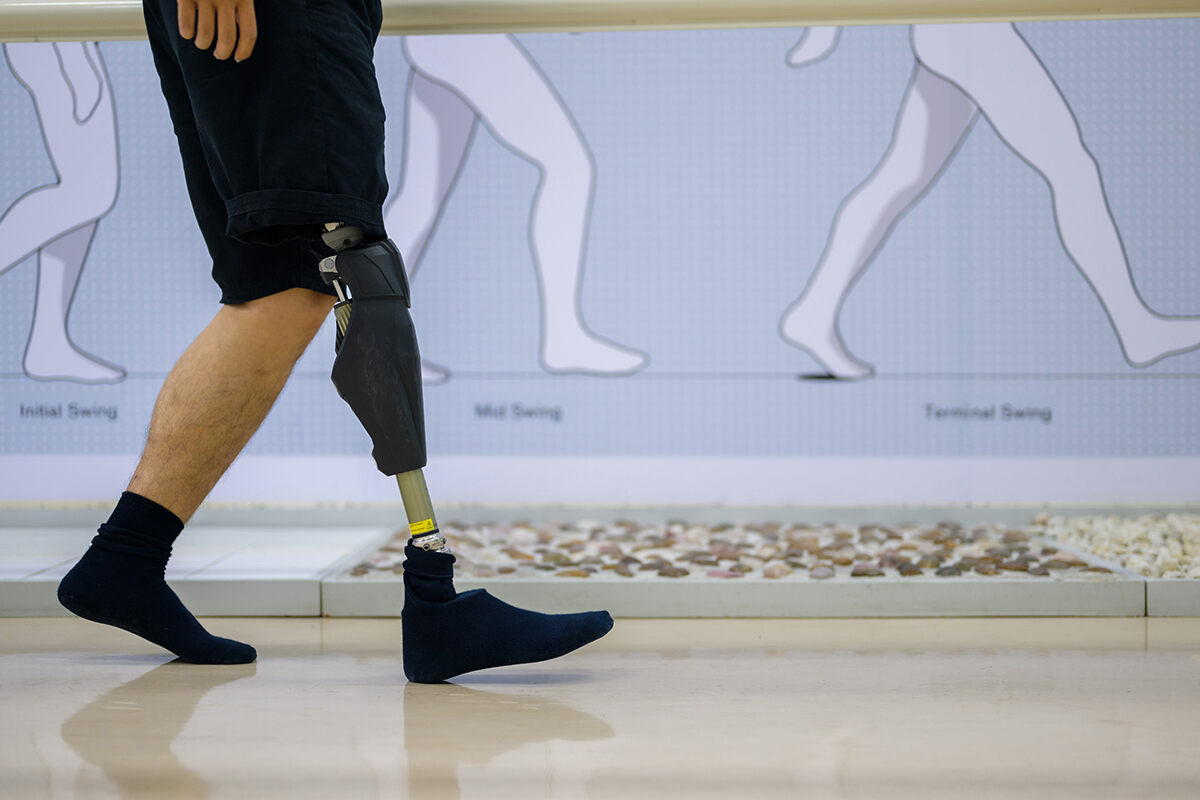

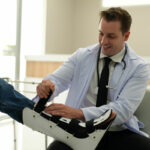
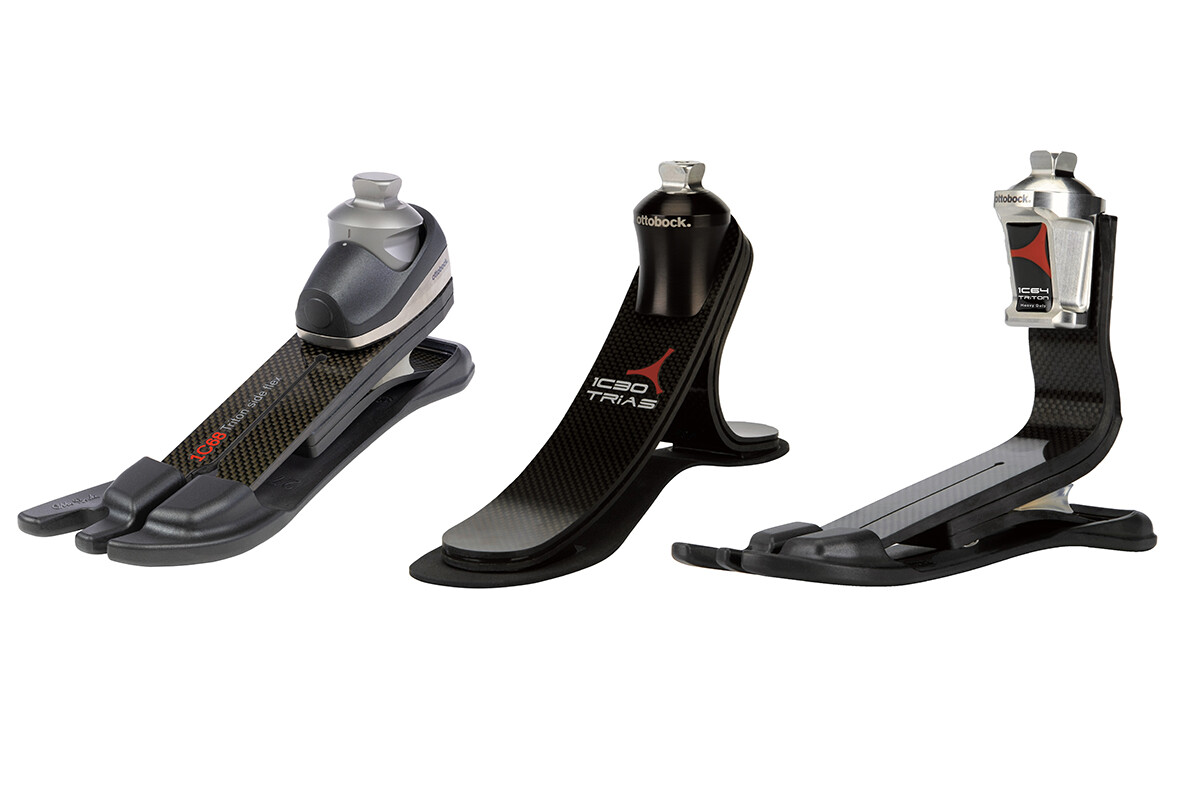
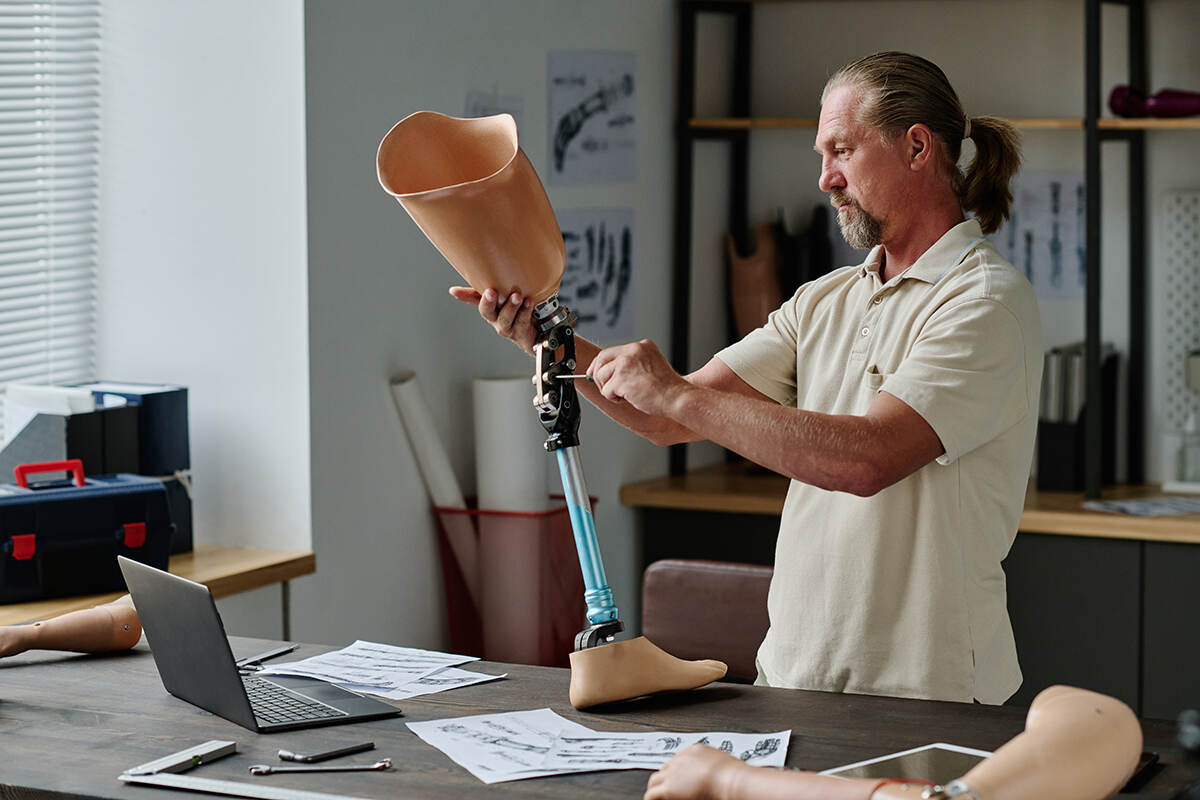
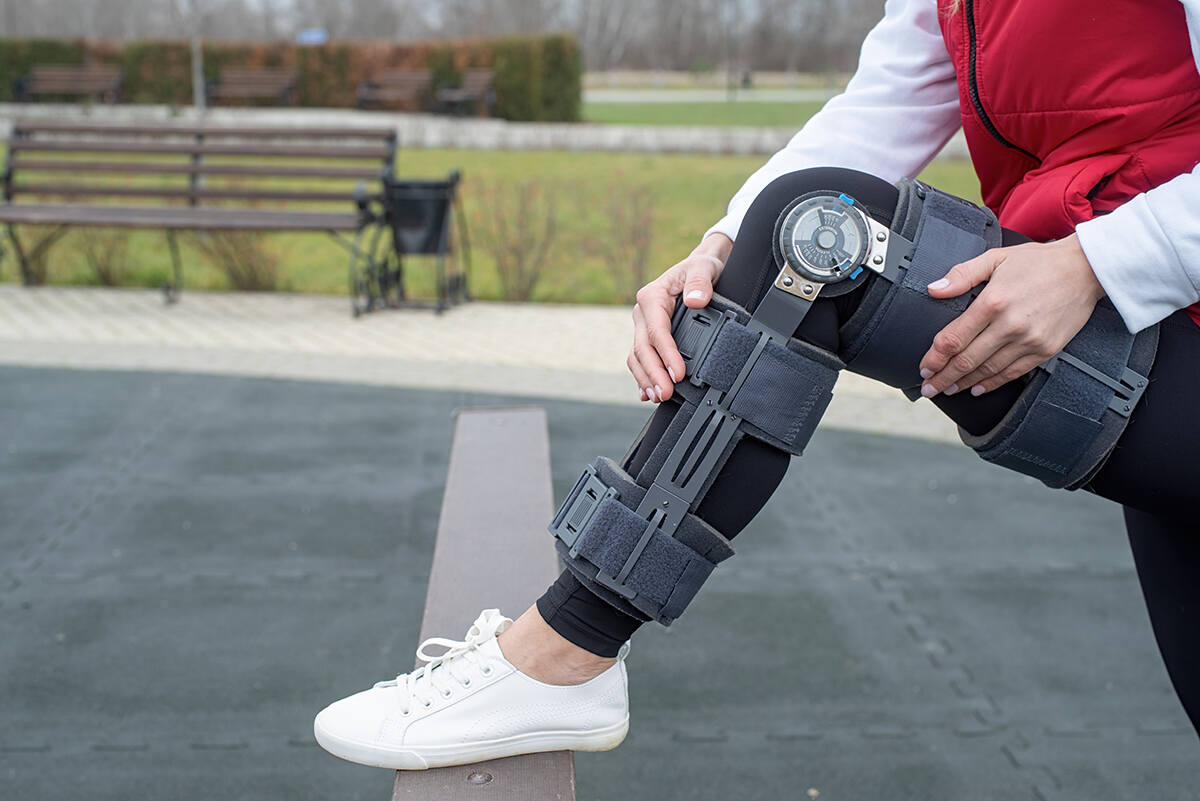
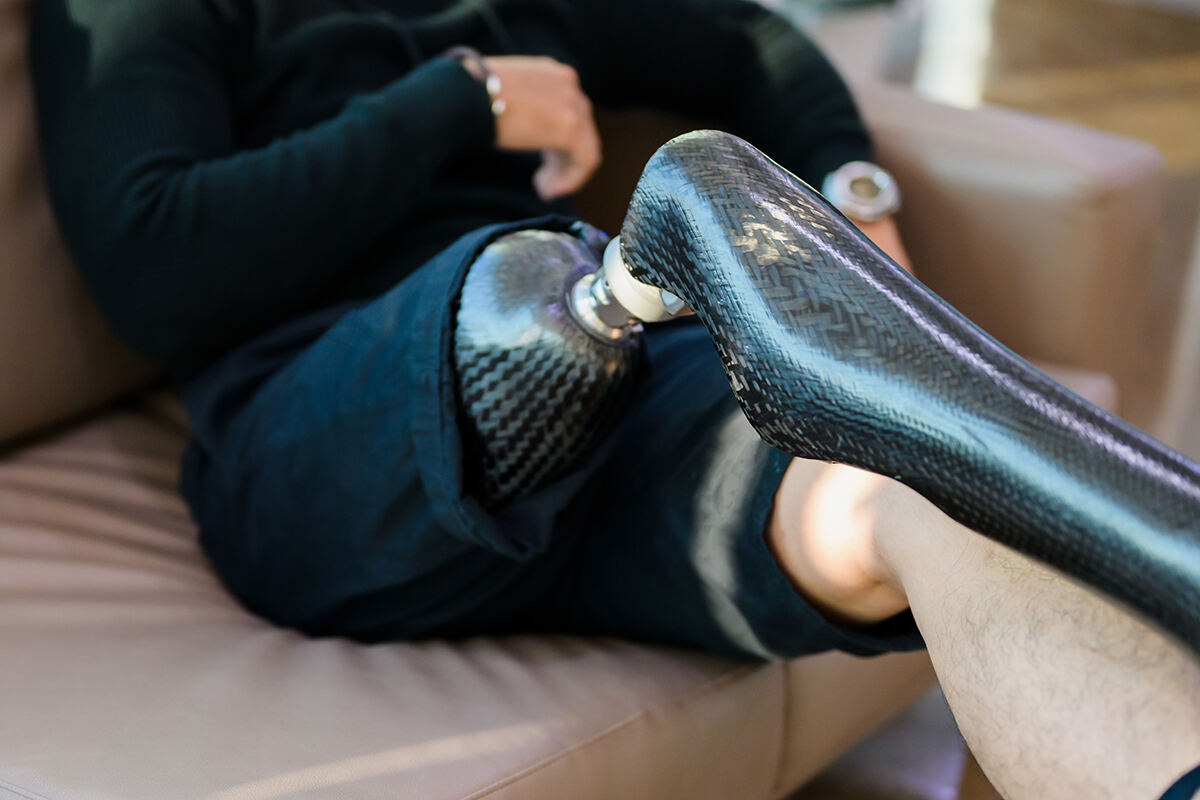
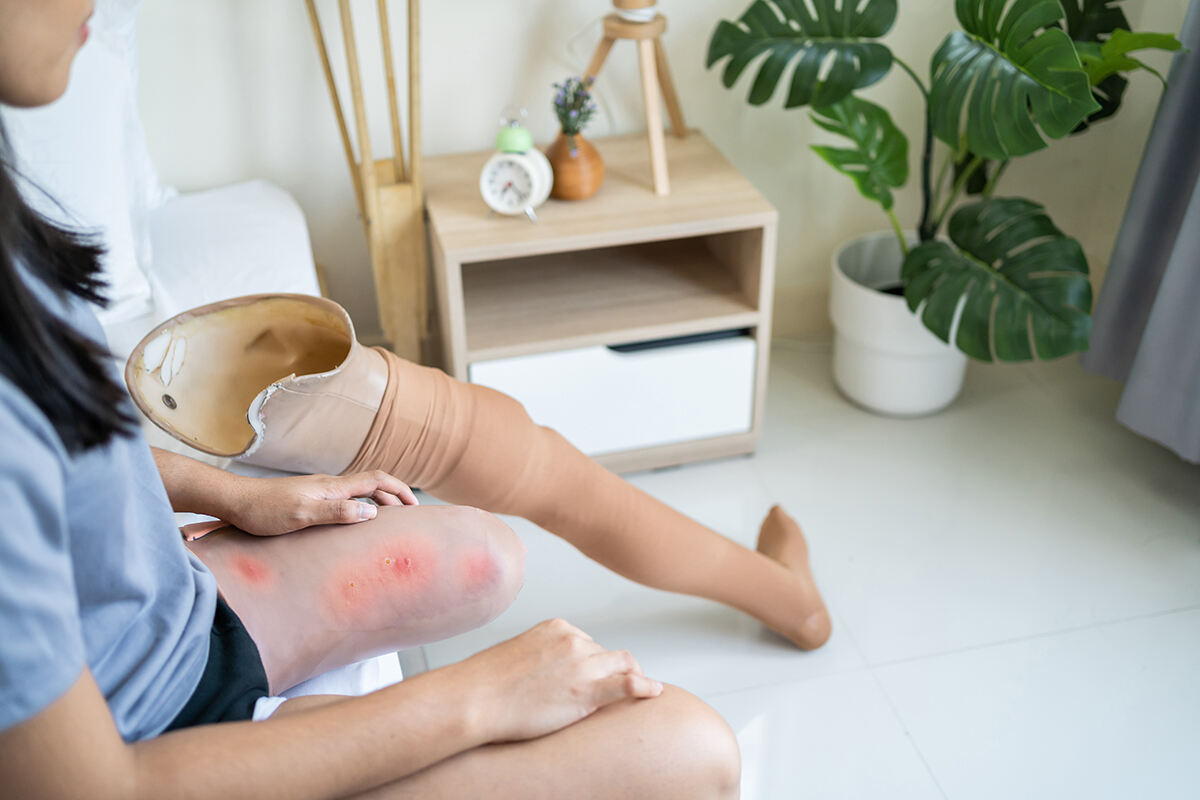
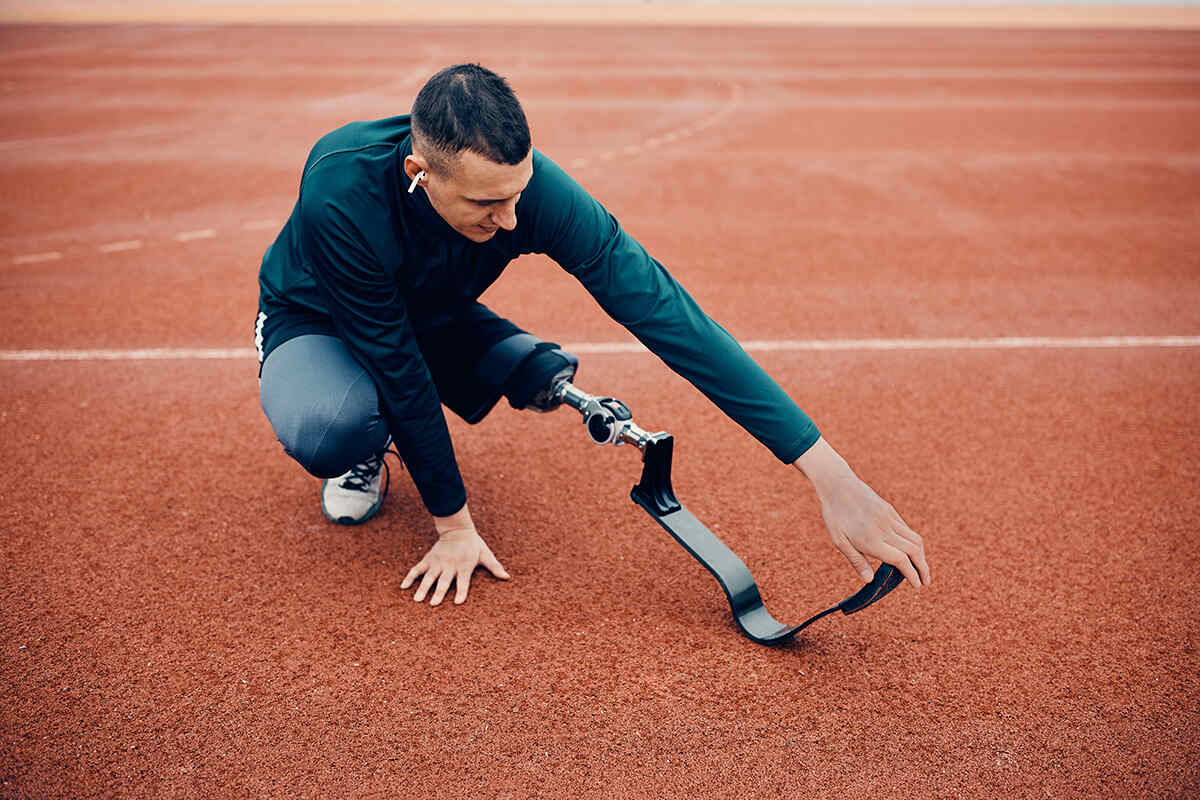
Leave a Reply
You must be logged in to post a comment.